This time on Forces of Fame, we’ll be taking a look at another heavily-armoured behemoth of the battlefield (I’m starting to detect a pattern here – ed.). We’ve had a mighty battleship, heavily armoured knights, and now we’re grinding into battle on steel treads with the legendary Panzerkampfwagen VI “Tiger”!
So much has been written about this infamous vehicle that it would be impossible to even begin to scratch the surface of all there is to say within this article, but a quick overview is necessary as there’s always that one member of a gaming group (in our case usually me!) who has a historical blind spot for something incredibly well-known.
The product of a development lineage stretching back to shortly before the war, the Tiger (later designated Tiger I with the introduction of its frankly monstrous successor) concept evolved from a heavy breakthrough tank into a heavily armoured monster to take on the successful Soviet T-34 and KV-series tanks. Armed with the fearsome 8.8cm KwK 36, and weighing in at 56 tons, the Tiger I was capable of engaging all Allied tanks at combat ranges with a reasonable expectation of success. While decently mobile for a vehicle of such size, the immense weight of the vehicle, coupled with the complexity of the transmission and Schachtellaufwerk running gear proved a significant hindrance in service. Many European bridges would not bear the weight of a Tiger, and breakdowns were commonplace, even with regular maintenance. Finally, the sheer financial and manpower costs were prohibitive of a large production run – fewer than 1,400 were built in total.
Despite its issues, the Tiger I proved to be an effective and feared weapon on the battlefield. The thickness and quality of the armour lead to the rushed deployment of the 17pdr anti-tank gun by the British, most famously used in the Sherman Firefly gun tanks, while the Soviet Union went on to develop the monstrous ISU-152. While by no means invincible, the Tiger did record an impressive record of destroyed enemy tanks and remained a feared opponent throughout the war.
On the Bolt Action tabletop, opinion on the Tiger seems to be rather divided. To the ultra-competitive, it’s too pricey at 395 points for Regular and to those of us who love really big German tanks, there’s the allure of its larger cousin. This is a real shame, as the Tiger I is a truly iconic German vehicle, and really should be a must-have for any German player. I’ve set myself the challenge of rehabilitating this iconic big cat and getting it out into the world! (No Marcus, you’re not having Tiger King as a moniker. -ed.)
Let’s address the elephant (should that be tiger?) in the room right off the bat – the Tiger is expensive in terms of points. In a standard 1,000-point game it’s almost half of your force in a single model (and dice). While this limits our force building options somewhat, let’s see exactly what we’re getting for all our points:
Now the Tiger Fear rule isn’t as terrifying as it once was (and rightly so!), the main attraction is of course the super-heavy anti-tank gun sticking out of the turret. One of my absolute favourite problem solvers in Bolt Action, it can destroy tanks and blast infantry out of existence with equal ease. With 72” of range, there are very few places to hide from a well-positioned Tiger on the tabletop, and you can use this enormous ‘threat radius’ to force your opponent to make difficult decisions with their forces – and hopefully a few mistakes along the way. Of course, you could do something similar with a FlaK 88, but the Tiger has the wonderful advantage of being fully mobile, and its 10+ damage value means your opponent will have to dedicate some serious anti-tank weaponry to deal with it. You may well also find an unwary foe becomes fixated on your Tiger, allowing the rest of your force to outmanoeuvre them!
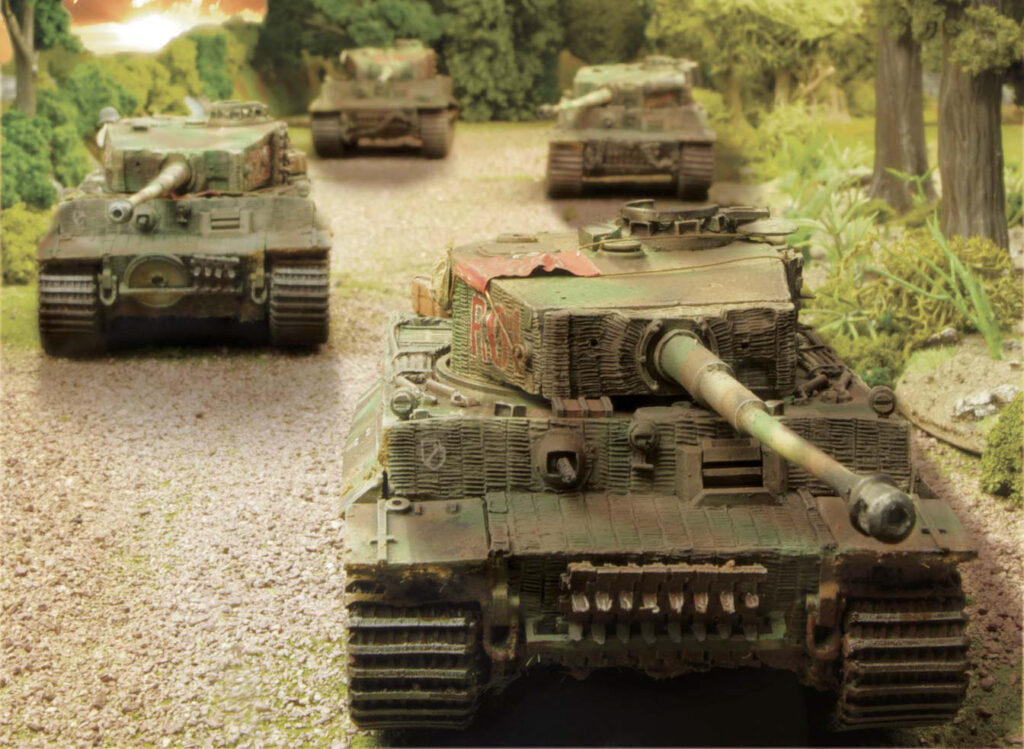
Naturally, the high points cost does mean that you’re somewhat limited in how much infantry and other support you can bring – the Germans, however, have plentiful access to cheap, lower-quality infantry in a variety of flavours to suit almost any theatre! Try a mixture of Volkssturm (Plastic Winter Germans with Soviet additions make these up nicely) or Luftwaffe Field Division for that ‘last days in Berlin’ feeling, or some Kriegsmarine for a Normandy list – the world (well, okay, the army book) is your oyster! We’ve even got two kit options for you – the plastic Ausf. E for the later war, and the resin and metal Ausf. H, somewhat confusingly ideal for the early part of the Tiger’s career!
Other articles in the Forces of Fame Series:
Victory at Sea – The Bismarck
Pike & Shotte – Cuirassiers
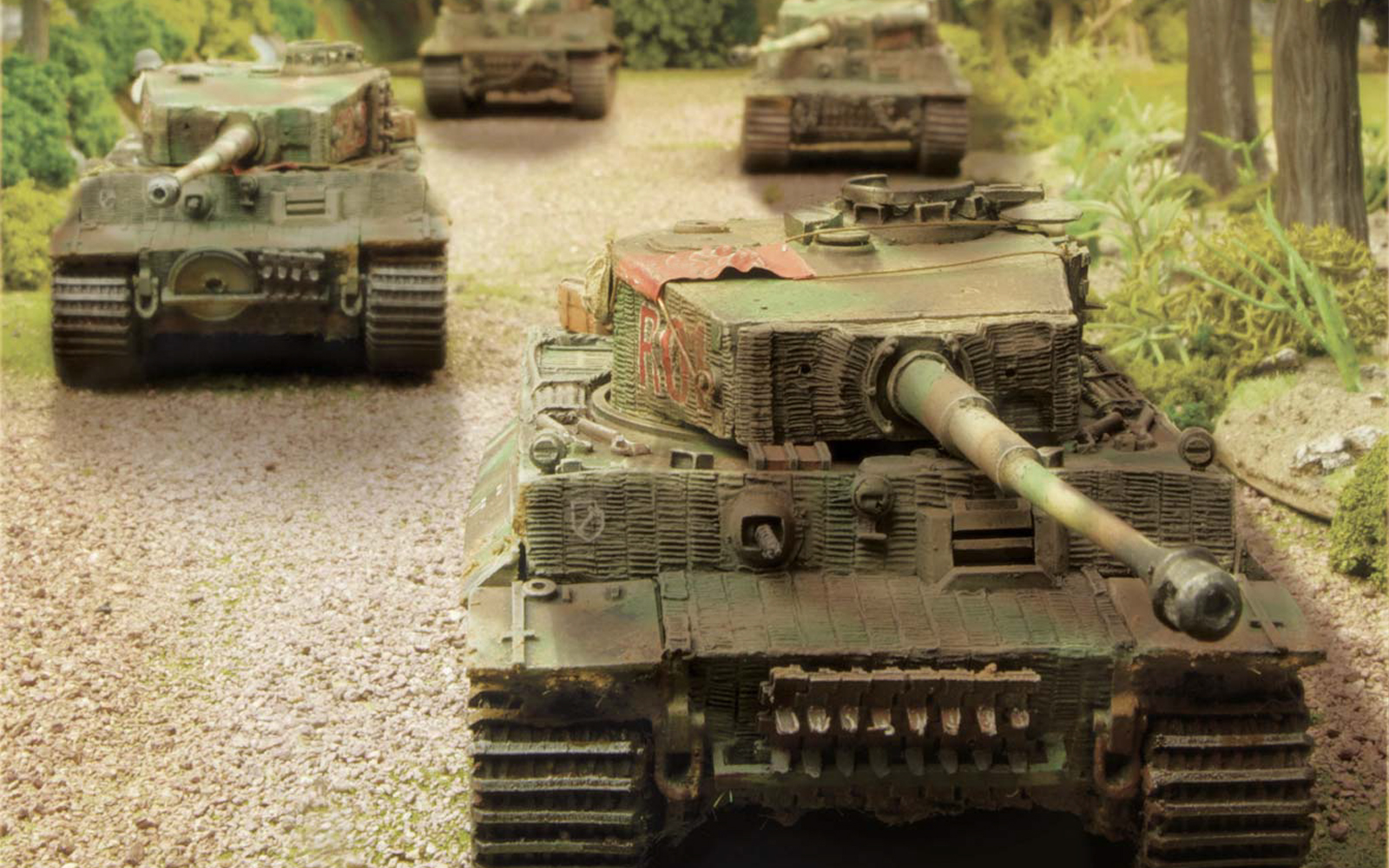
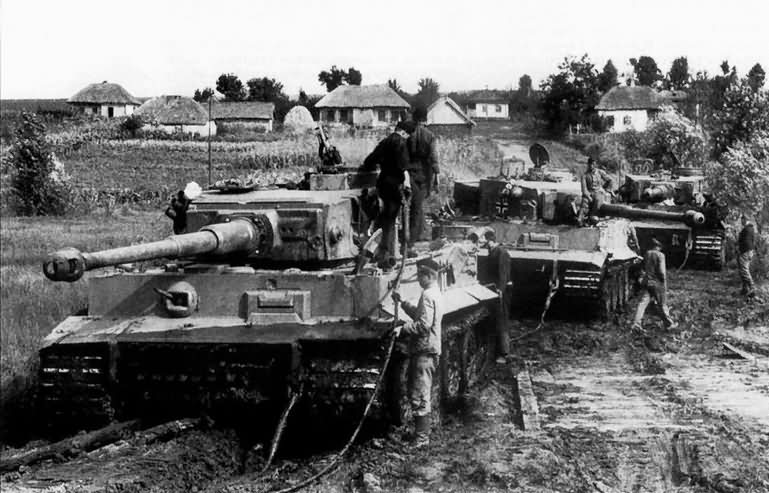
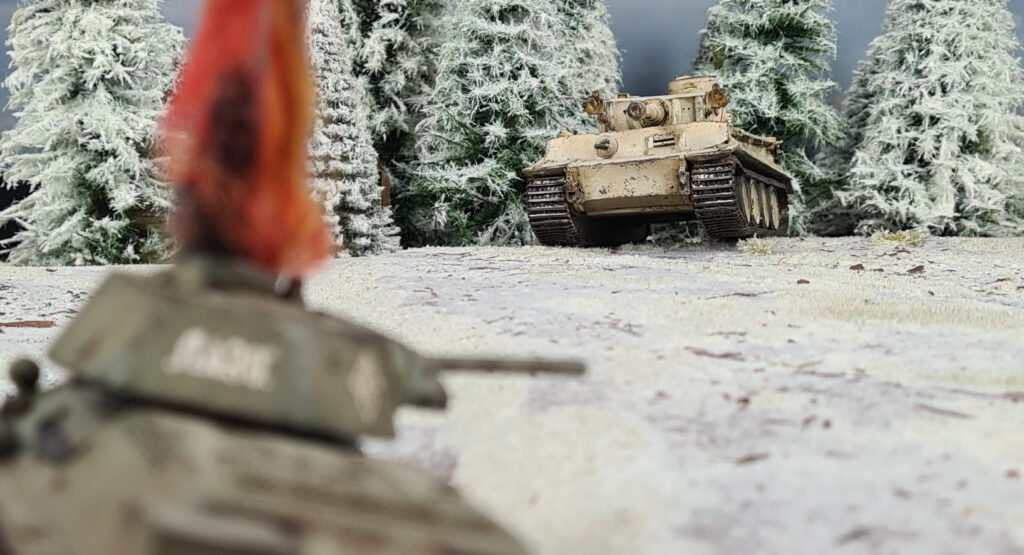

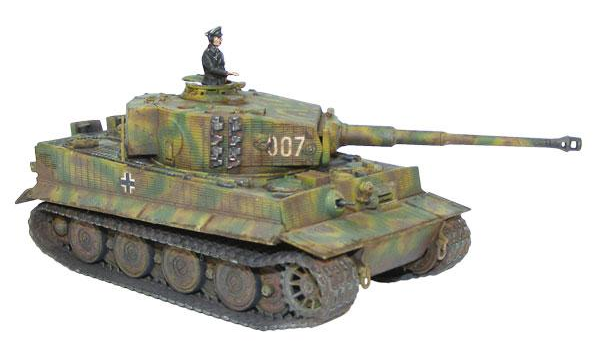
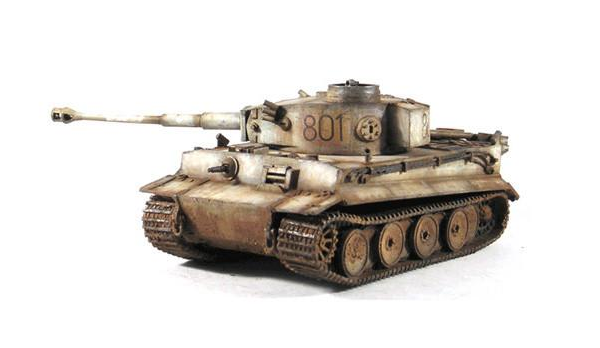
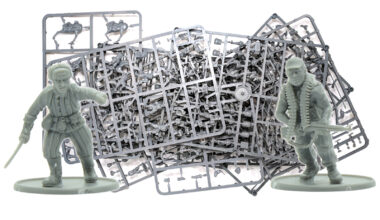
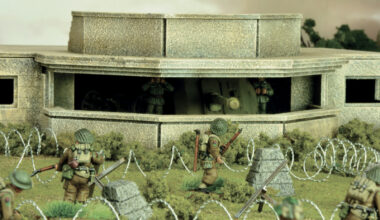
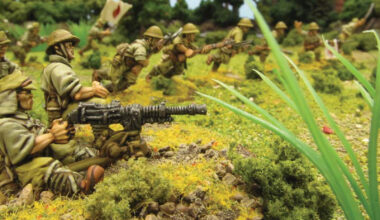

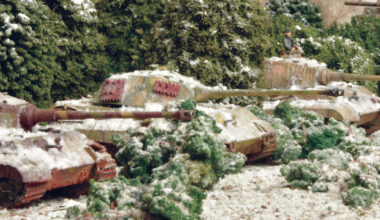
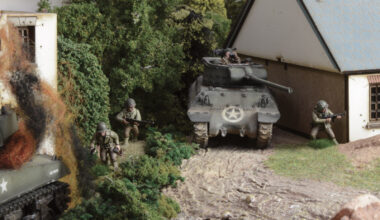
1 comment
i love the tiger i have 1 and a half platoons of them (and most german tanks really)
however i beleive the tigers 88 gun is a little over the top (obviously this is a game and balance/ simplitically is understood) i would suggest reducing both it and the Flak 88 to heavy AT guns would make them more accessable in 1000points and would make the massive guns of the Jadgtiger and king tiger actually feel worth the 500 plus points.
this would put it more in line with the IS2 which has a heavy AT gun with only 10mm ( at 500 meters at 90 degrees) of penatration difference.
please dont take this as me moaning as i love tiger tanks and all the german big cats but the it makes me sad that i can rarely field them due to the points sink.
Comments are closed.